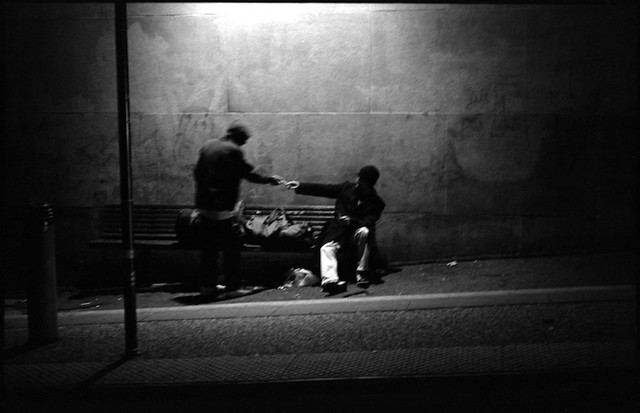hiorgos
Established
Bump for this thread, really interesting.
Started to use a Rolleicord, such a wonderful thing!, but I'm finding it weird to use it with a lightmeter. It feels like it's all about guessing your exposure, compared with the precision you get with digital cameras, where you can even "fine tune" that extra half stop later on with the computer.
I fairly understand the light zones, but that brings me more doubts. 🙂 I do bring a notebook along to record all what I'm doing with each picture..
How do you "fine tune" your values when using a lightmeter? Is bracketing really needed or is it ok to miss the exposure for 1 stop with negative film?
Started to use a Rolleicord, such a wonderful thing!, but I'm finding it weird to use it with a lightmeter. It feels like it's all about guessing your exposure, compared with the precision you get with digital cameras, where you can even "fine tune" that extra half stop later on with the computer.
I fairly understand the light zones, but that brings me more doubts. 🙂 I do bring a notebook along to record all what I'm doing with each picture..
How do you "fine tune" your values when using a lightmeter? Is bracketing really needed or is it ok to miss the exposure for 1 stop with negative film?


